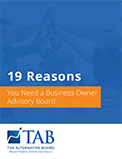Find out where you can get a Taste of TAB... our global events blast is on!
TAB Worldwide
TAB Australia
TAB Austria
TAB Canada
![Chile Chile]() TAB Chile
TAB ChileTAB Czech Republic
TAB England
TAB France
TAB Germany
TAB India
TAB Ireland
TAB Israel
TAB Mexico
TAB Moldova
![Netherlands Netherlands]() TAB Netherlands
TAB NetherlandsTAB New Zealand
TAB Portugal
TAB Romania
TAB Scotland
TAB Slovakia
TAB South Africa
TAB Spain
TAB Switzerland
TAB United States
TAB Wales













